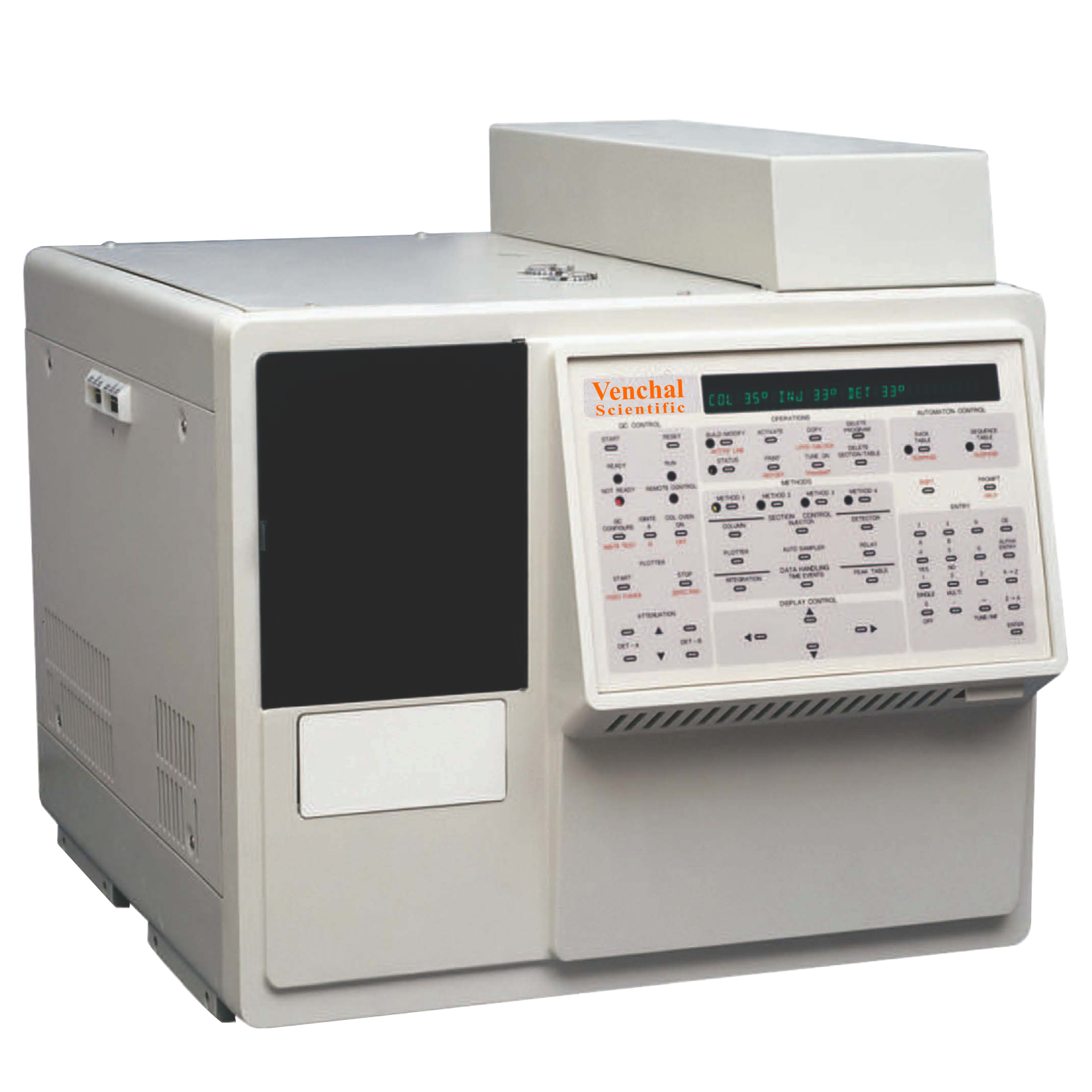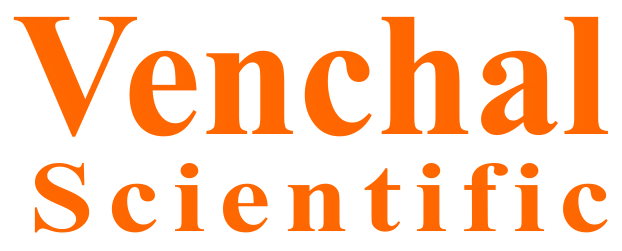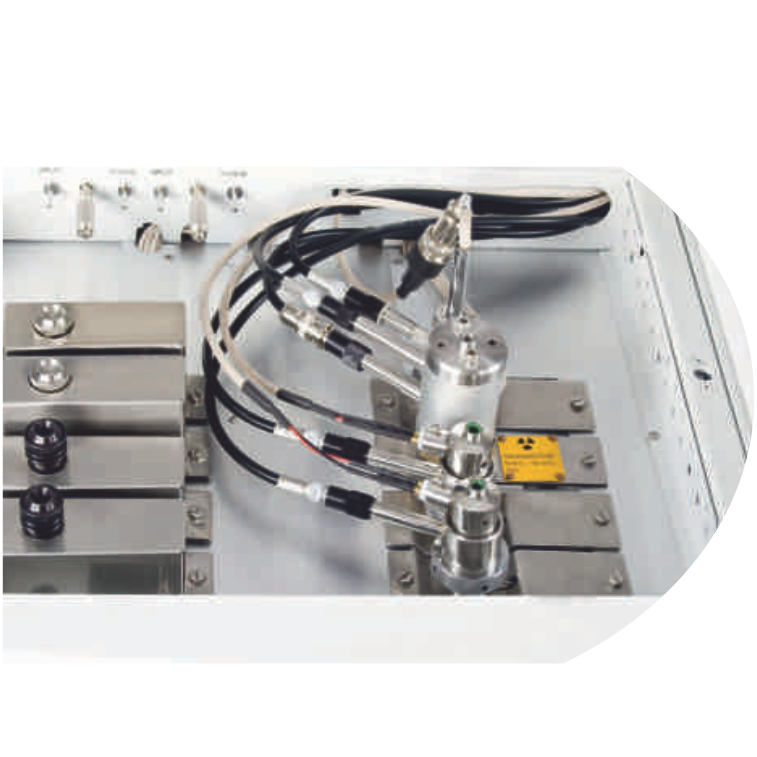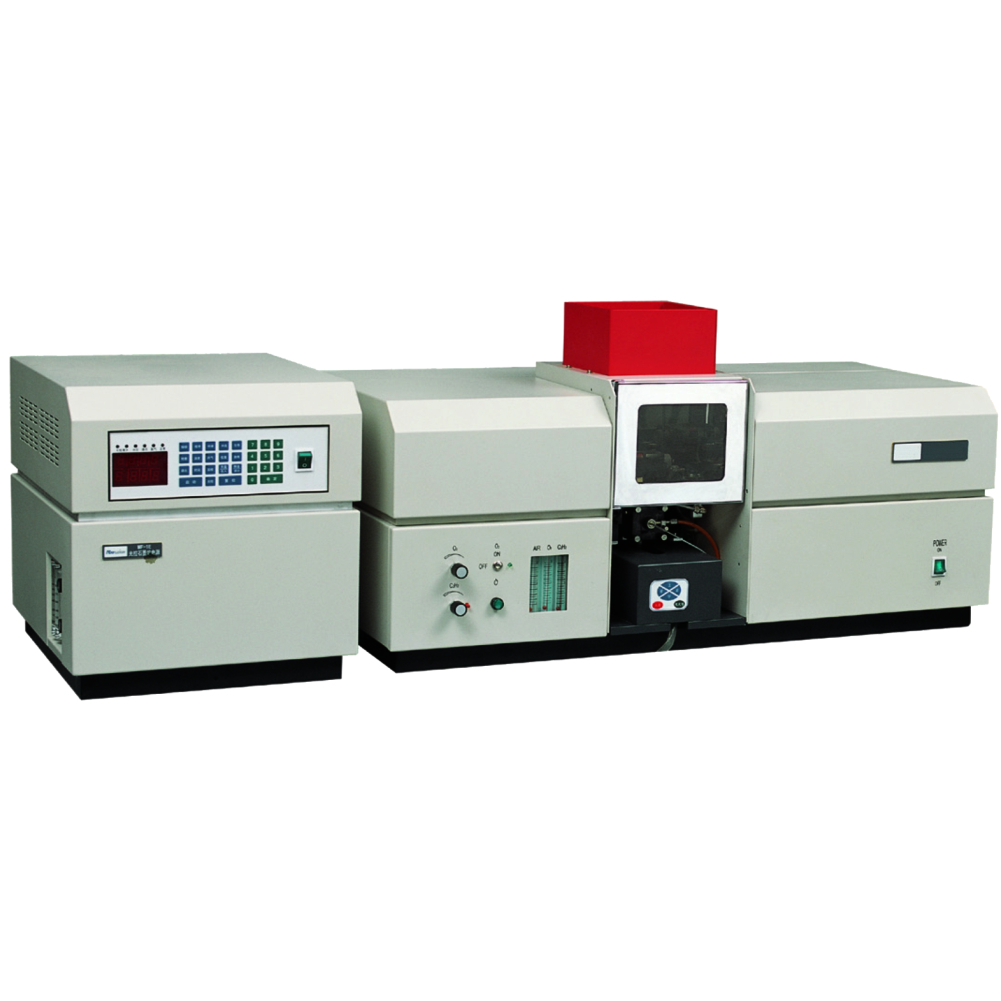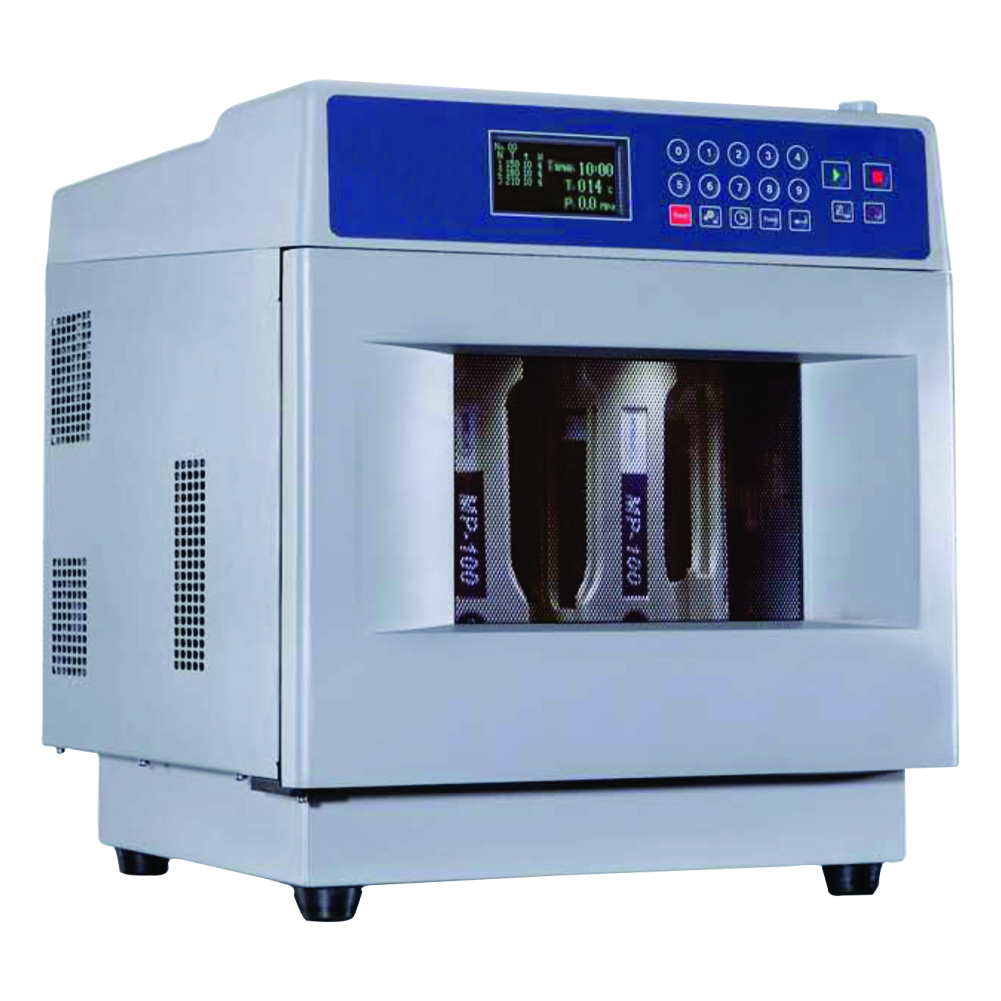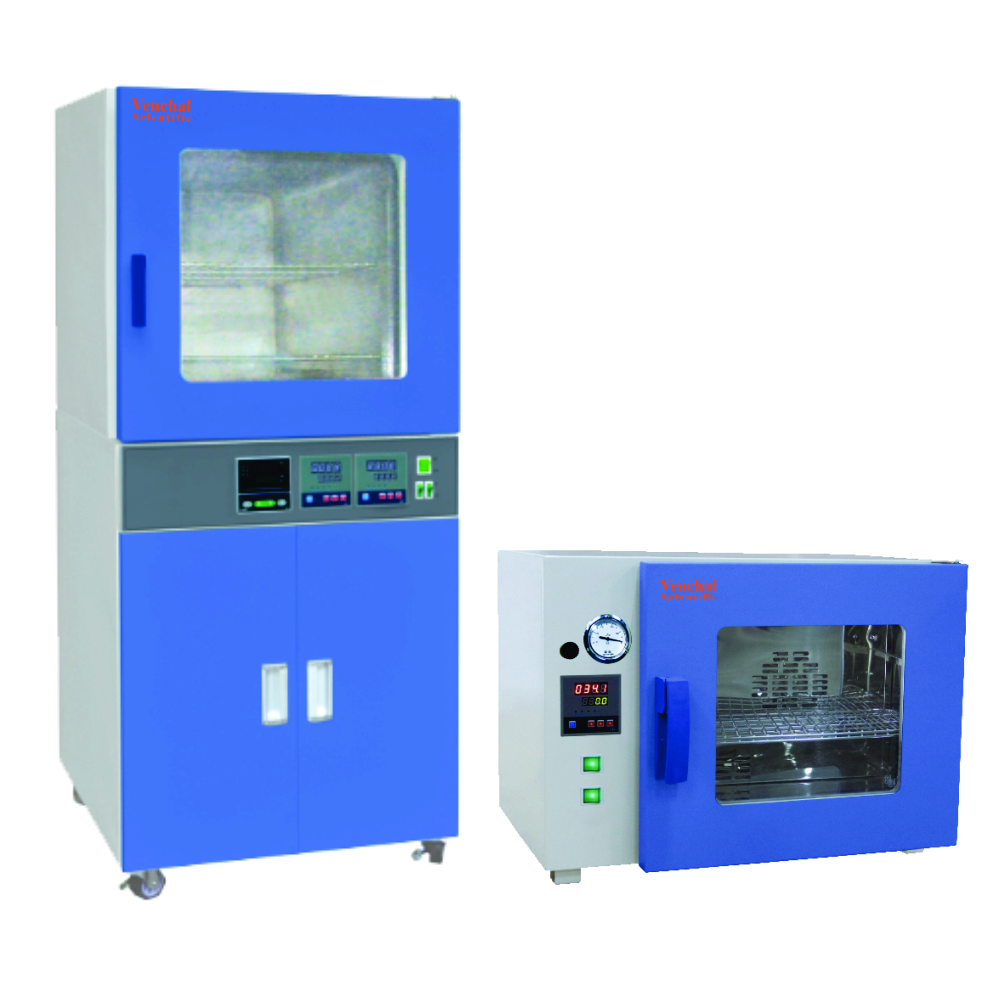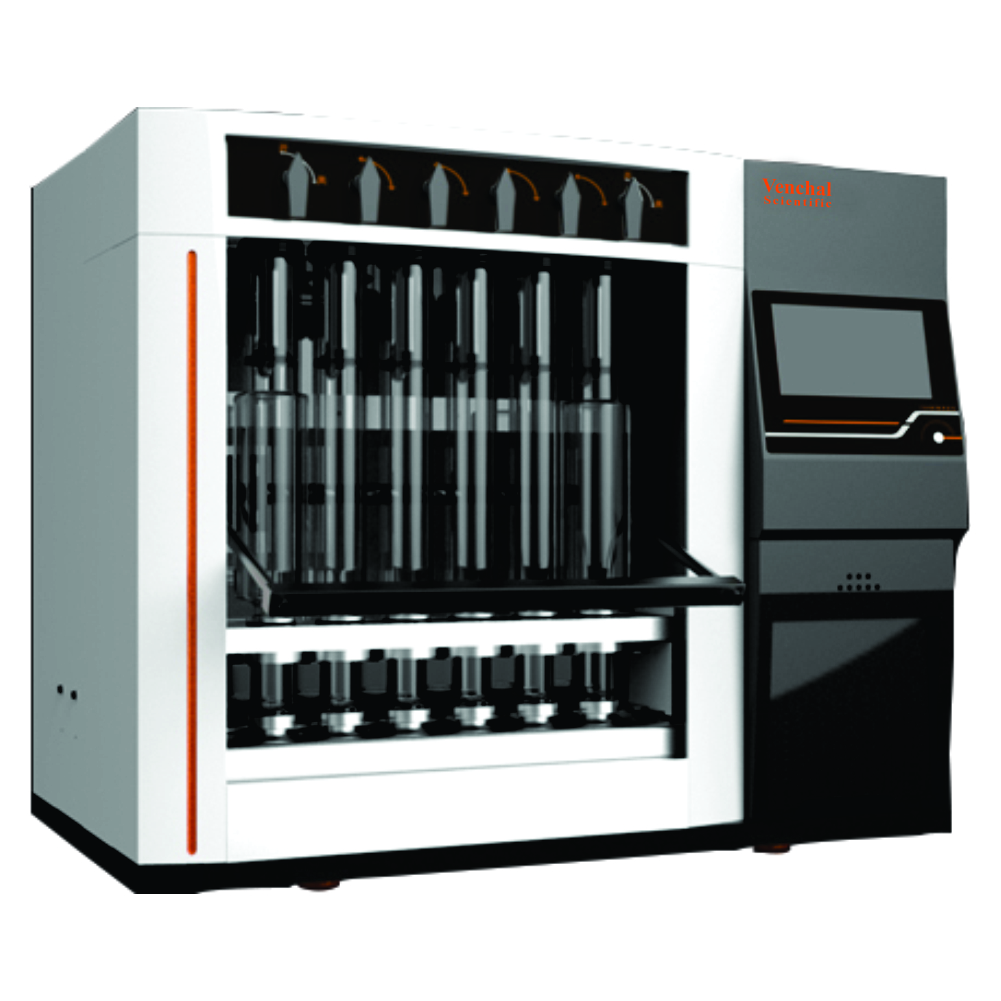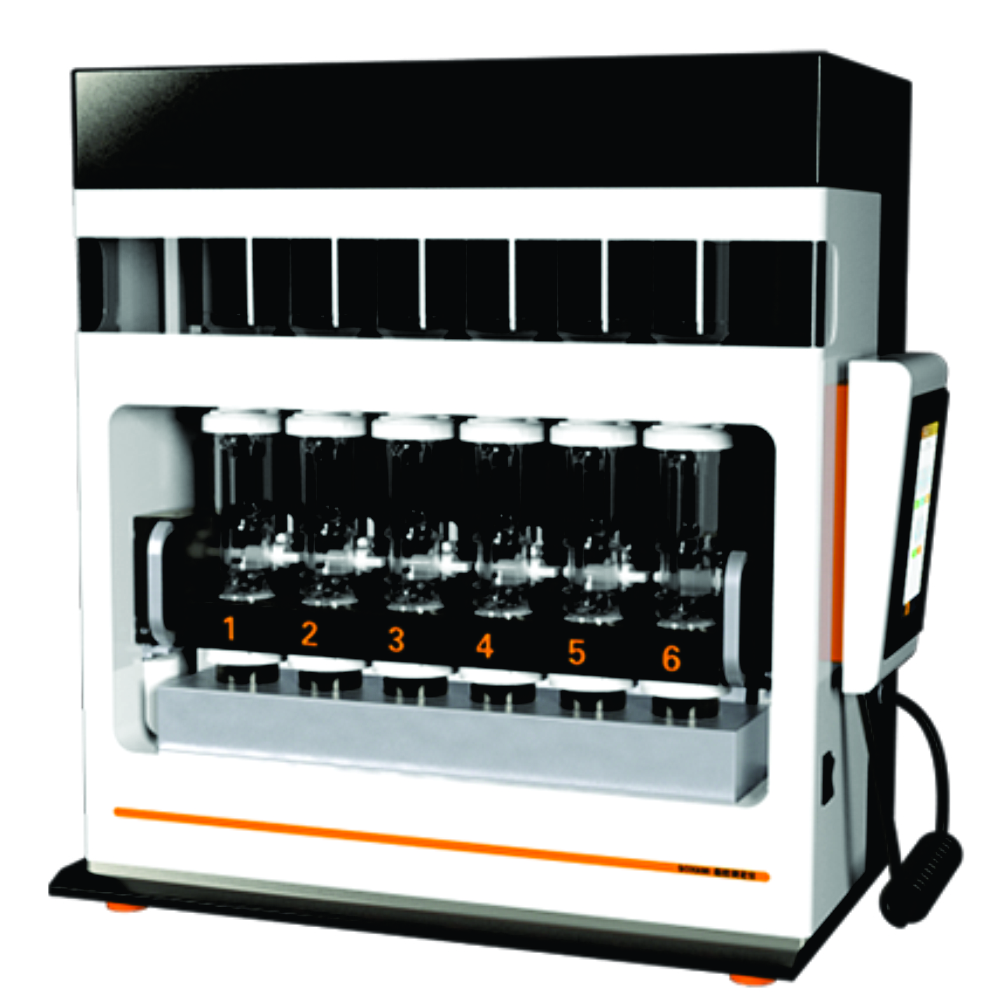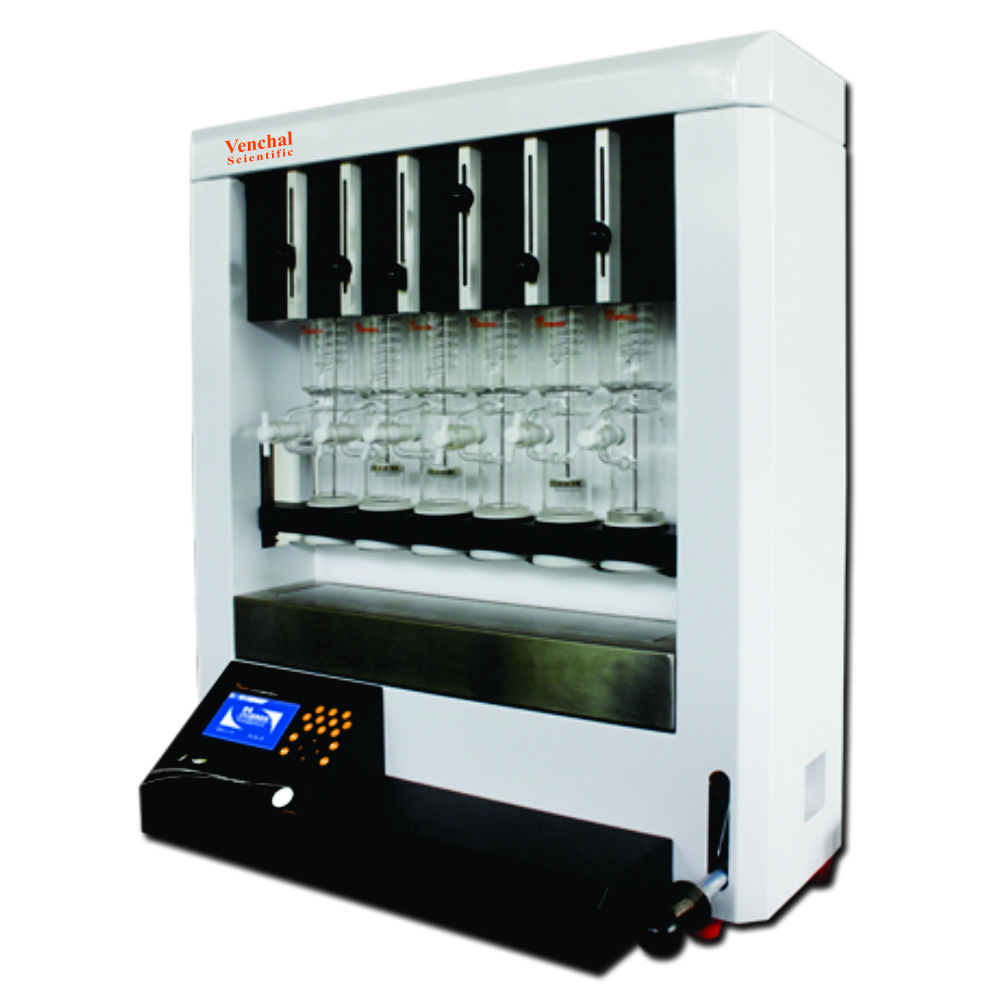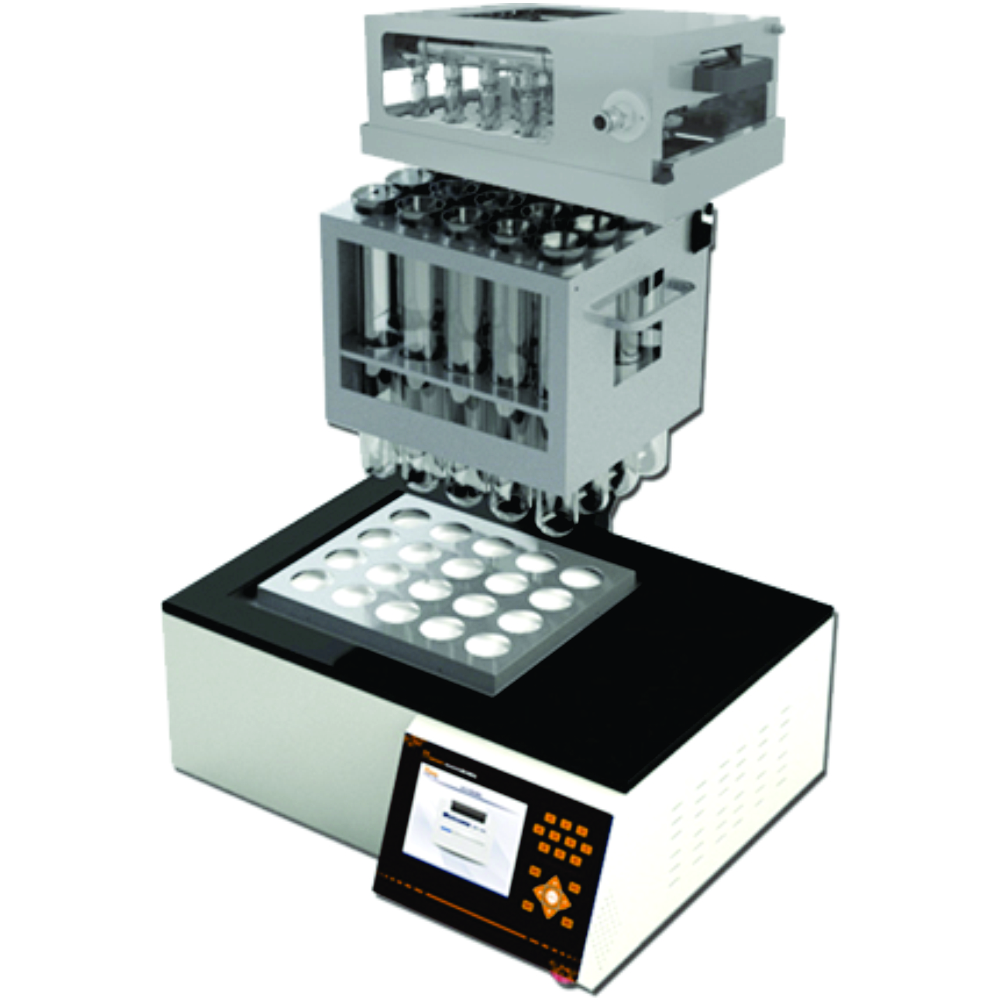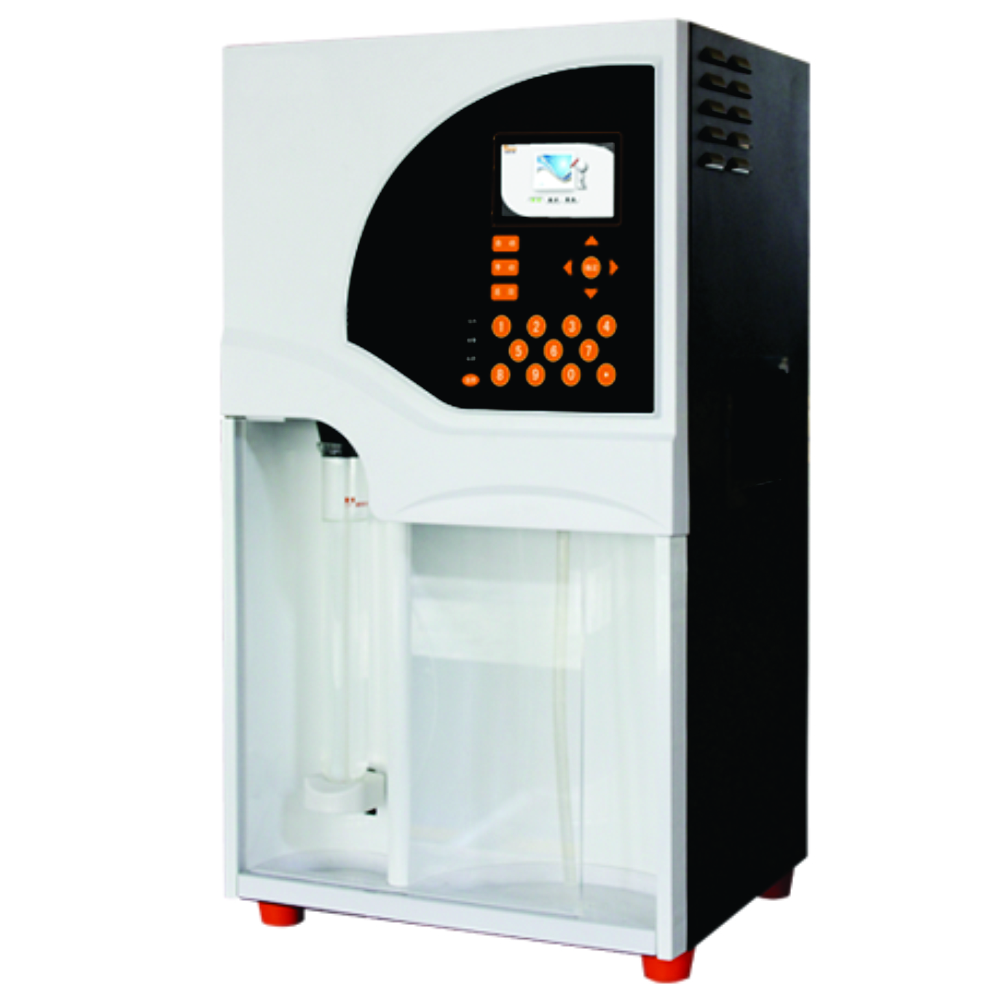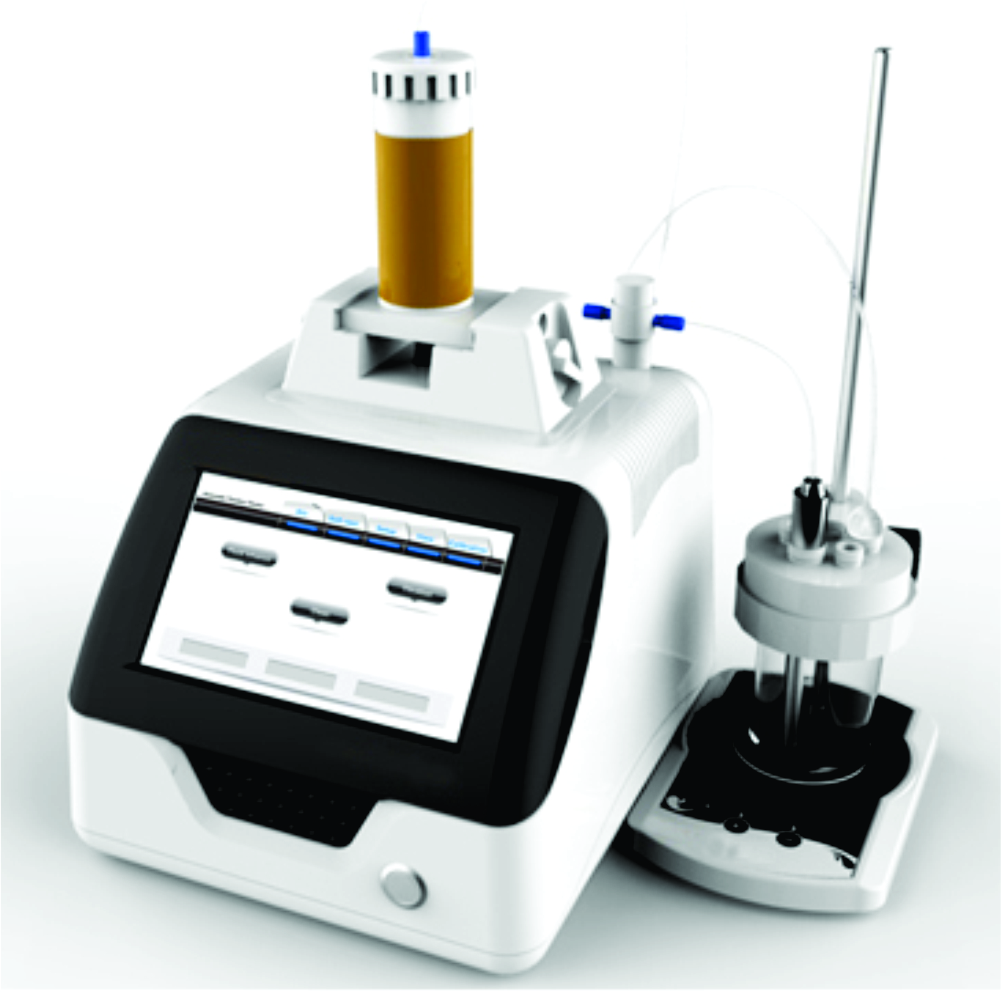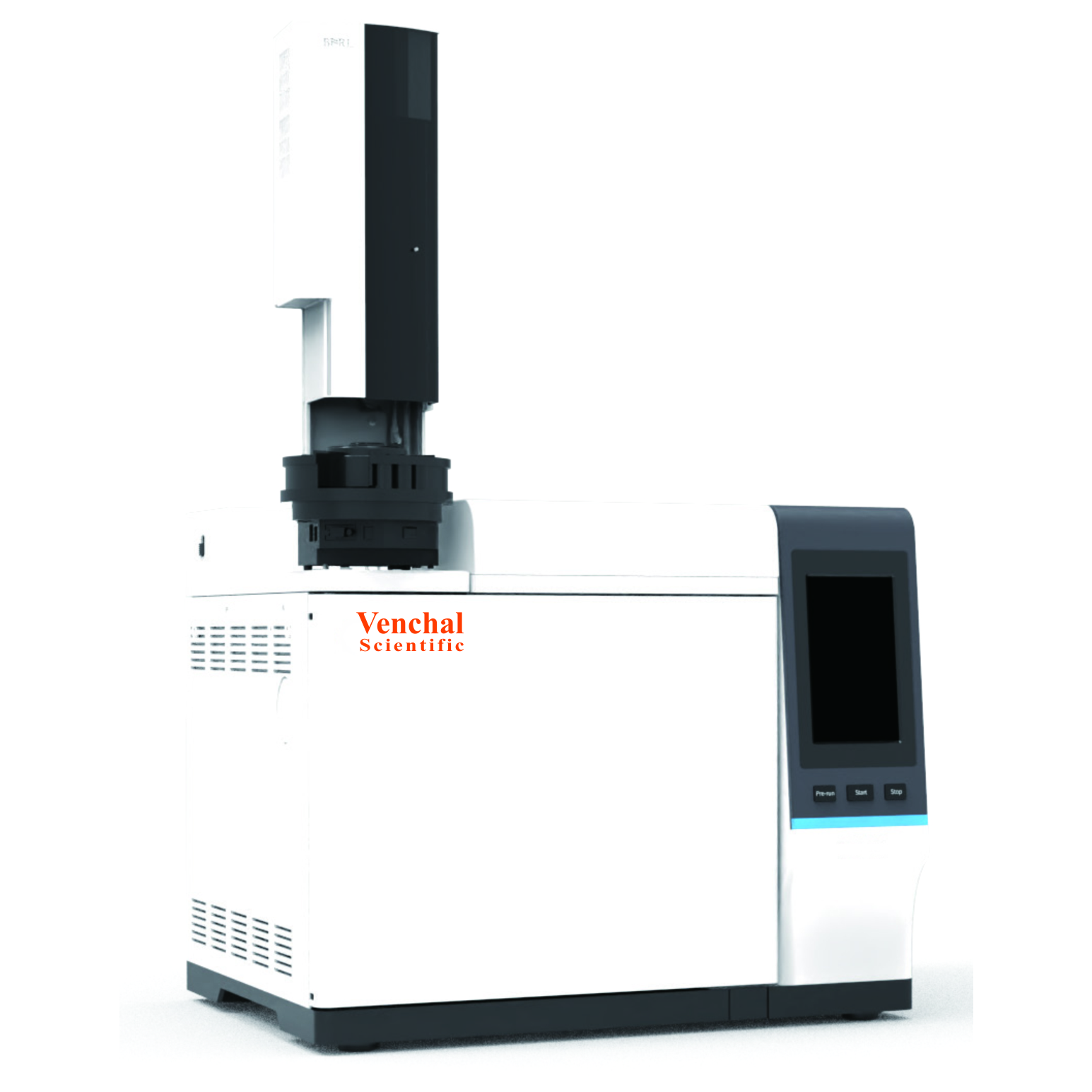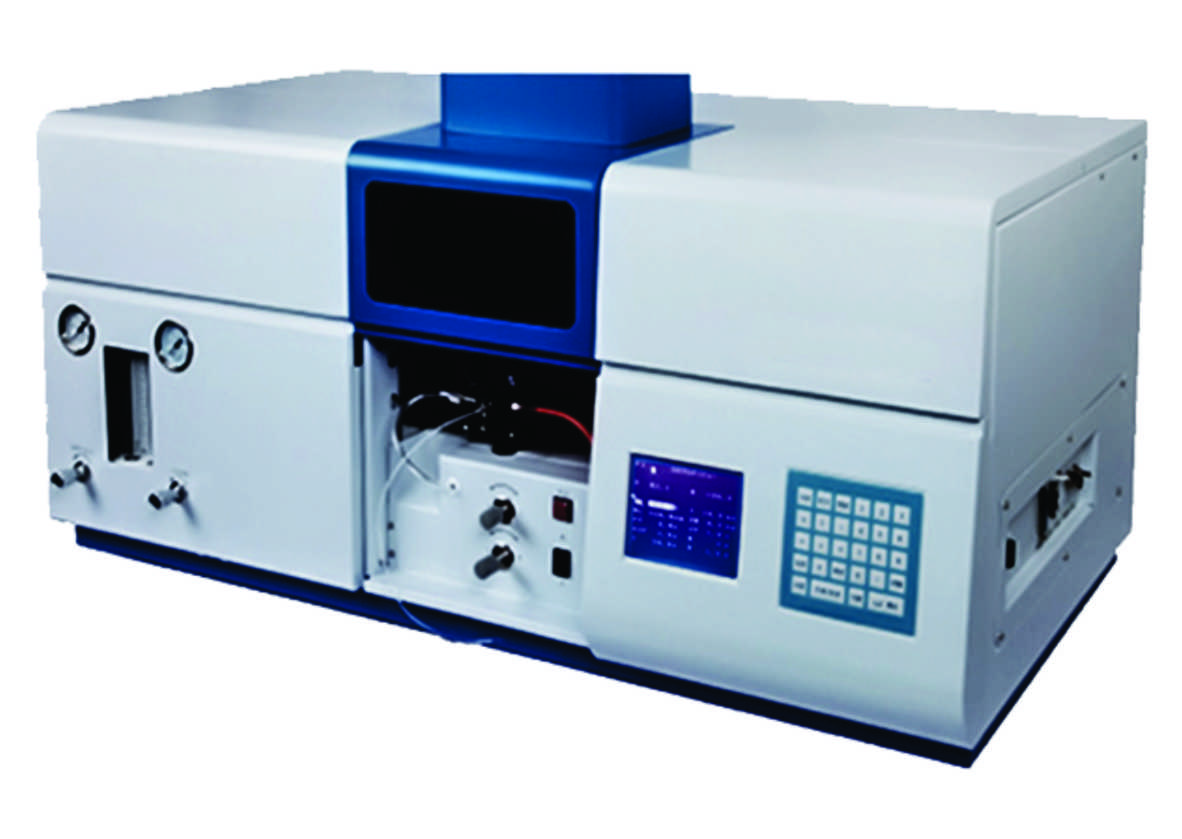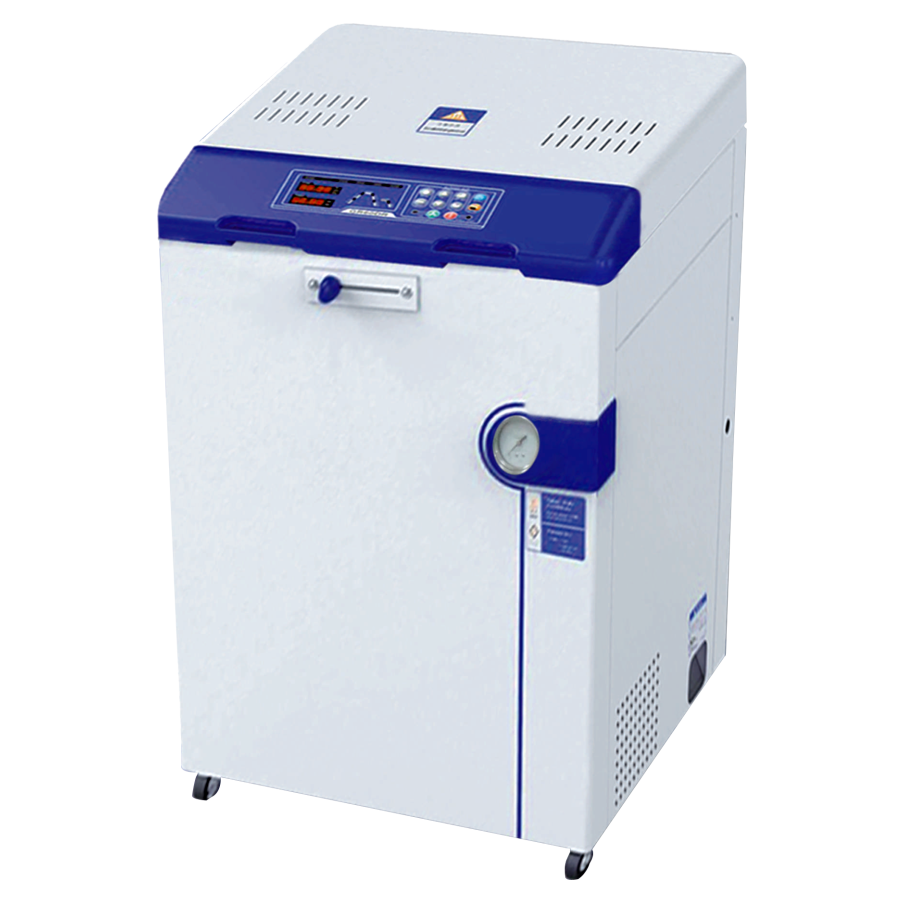Self-diagnostic function:
- Core Tests
- Automatic Tests
- Extended Tests
- Basic Tests
Monitor the status of GC continuously. Once finding faults, it'll display the information and show the wrong zone and the settling method.
Self-Protective Function:
- Overrun Temperature Protection
- Short Circuit Hint
- TCD Filament Protection
- FID Flame out Hint
- PFD Exposed-Light Protection
- Keyboard locking with Password, Etc., ensuring normal running.
Simple Operation & Powerful Automation :
- All parameters can be entered through keyboard with prompt function.
- 4 sets of complete chromatography analysis methods can be stored and recalled automatically.
- An auto sampler can be connected
- Parameters can be modified instantly while the GC is running
- Chromatography analysis method can be activated for 99 times repeatedly at the same time. It' s especially suitable
for unattended operation.
The widest detection capability :
A wide range of detectors is available to meet the needs of any laboratory and application as well as to configure customized solutions.
The range of detectors available include: Flame Ionisation detector (FID), Thermal Conductivity detector (TCD), Electron Capture Detector (ECD), Flame Photometric detector (FPD), Thermionic Specific detector (TSD). All these detectors feature an open-ended base design that ensures easy maintenance operation. A maximum of two TCDs or three different
kinds of detectors can be installed.
Flame Ionisation Detector (FID) :
FID is a commonly used detector and is very sensitive to most organic compounds. This stainless steel bodied detector incorporates the grounded jet design for enhanced ruggedness and ease of maintenance. The design is such that the jet can be removed easily for regular cleaning. Auto-ignition through the keyboard, high sensitivity electrometer amplifier and a wide dynamic range make this detector suitable for critical applications. The FID response is stable since the detector is not easily contaminated by dirty samples or column bleed. With gas flow and pressure control through EPC, the user can be assured of improved accuracy.
Thermal Conductivity Detector (TCD) :
The TCD is a universal detector since it can detect almost any volatile organic gaseous compound. TCD is used for packed column applications and is commonly used for fixed gas analysis (O , N , CO, CO , , H S, NO etc.). Precise 2 2 2 2 2 temperature control gives excellent stability to the TCD.
Electron Capture Detector (ECD) :
This detector finds wide applications in trace analysis of electronegative compounds such as halides and nitro compounds. The co-axial geometry design of this ECD and the use of a 10 mci electron source in Ni63 ensures selective and sensitive detection. It has an extended dynamic range and can be used in the constant current modulated frequency mode. The
constant current mode minimizes the effect of contamination of the source and the detector electrode. The detector can be used with either nitrogen or argon methane as the carrier gas.
Flame Photometric Detector (FPD) :
The FPD shows high selectivity and sensitivity for phosphorus and sulphur containing compounds. The FPD has single and dual flame modes of operation with interchangeable filters for phosphorus and sulphur analysis. This detector uses a unique differentiated combustion technique to prevent the “quenching effect” of hydrocarbons. It prevents the flame from
extinguishing when a large quantity of solvent passes through the detector.
Thermionic Specific detector (TSD) :
The TSD uses a special alkaline heated source for detection and can be installed on the FID base of the GC. This detector shows high sensitivity and selectivity for the analysis of organic phosphorus and nitrogen compounds. The source is coated on a ceramic surface for high temperature stability and a long life.
Reactor:
Internal and External reactor can be done.
Time programming of detectors:
Each of detectors has 5-ramp programmable time control. Output-signal, attenuation range, and polarity can be set automatically.
Time programming of external events:
Providing 4 external events with 20-ramp programmable time control. The optional GC relays may be used to automate valves, operate split/ splitless capillary injectors, drive auxiliary devices, or switch signals between detector A and detector B in a run.
Many kind of special-purpose GC can be provided according to user's request.
